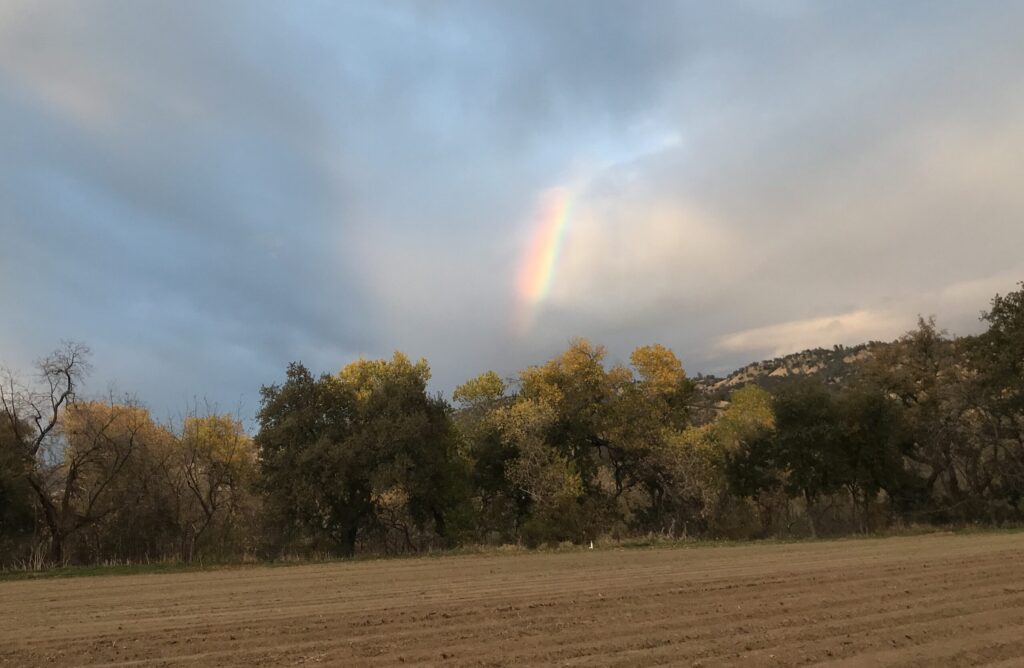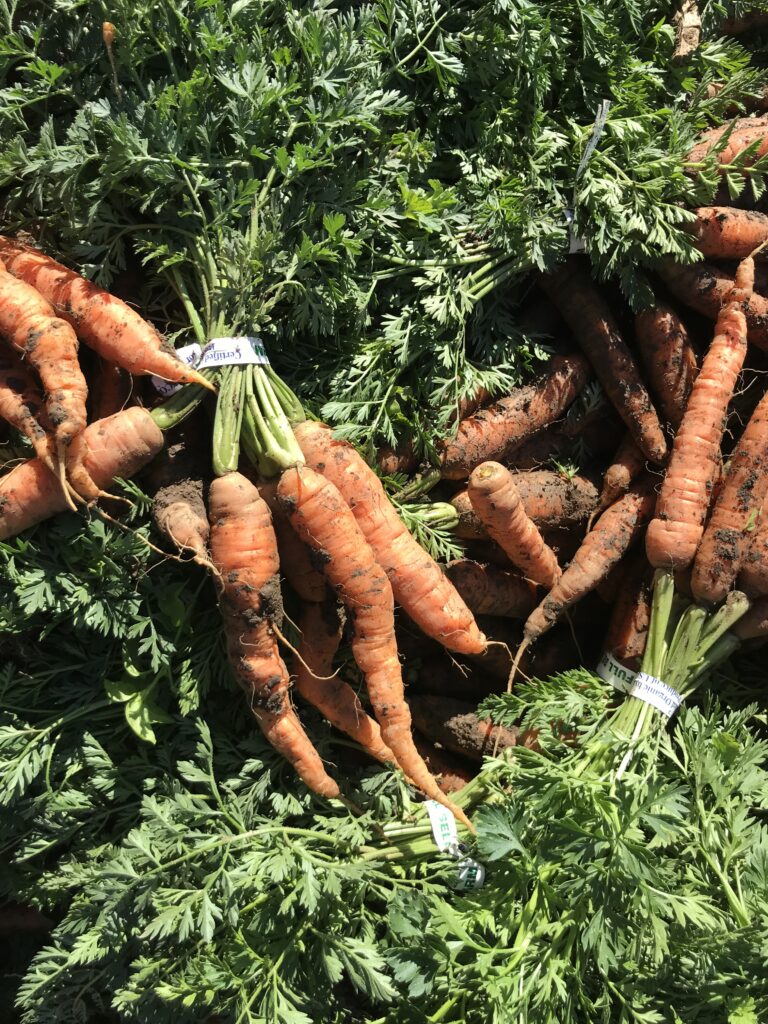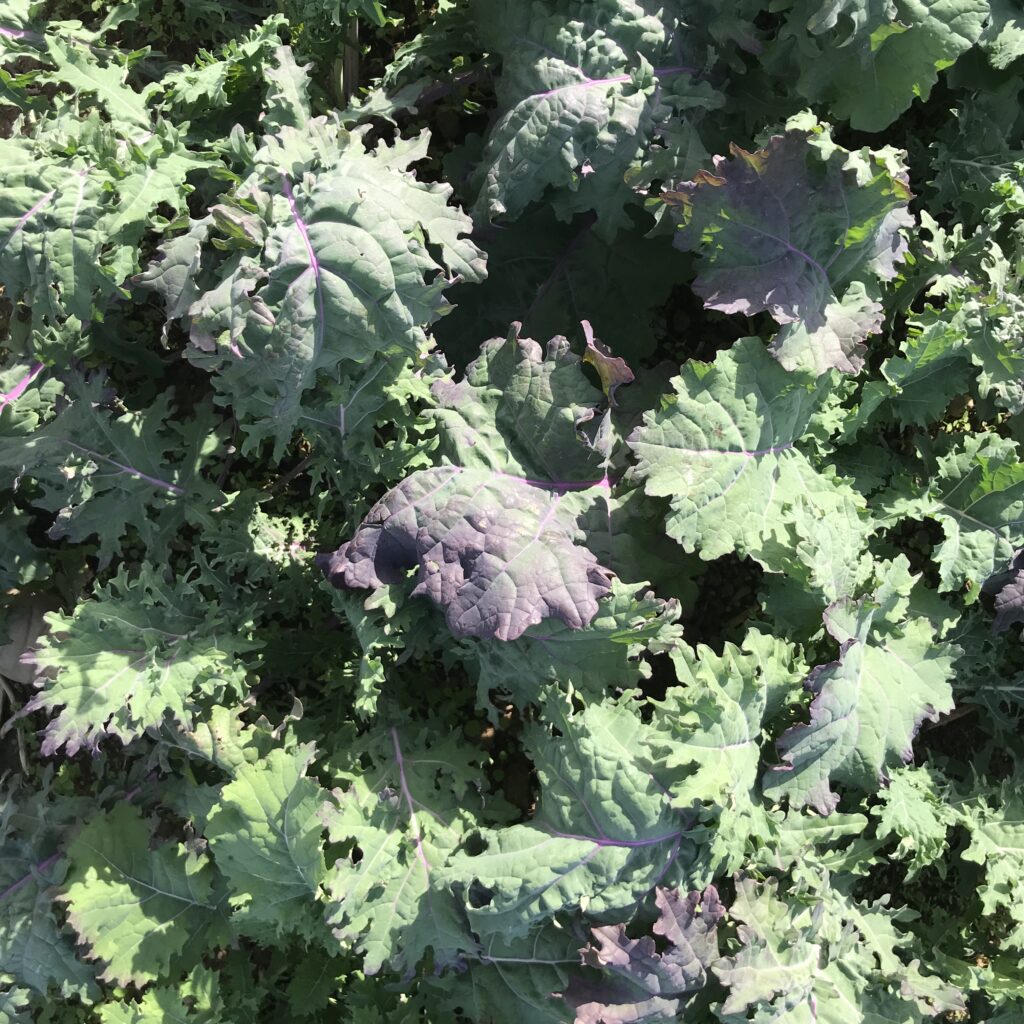
It has been one of our customs to try to condense our year in review into a final, last gasp News from the Farm for the year, recalling the past 12 months now fading in our rear-view mirror.
Every morning the partners and managers roll in about 10 minutes before the official start of the day to ask and answer “what do you have on your list today?” Tensions rise a bit as hastily penned lists whipped from pockets reveal eight opinions about where the fires are burning hottest and what needs to happen— in each opinion, now!!! There are always too many priorities across our several lists: pickingweedingwateringplantingflowersfixingbrokenstufftractorworkpartsneeded….. With but mere minutes for asserting one’s own territory and the horse trading begins. Multiple opinions, priorities, projects, personal predilections, and pluckiness collide at our office most every morning.
Our morning process is complexed by our partnership. Everyone has a voice. Our partnership represents one of the clear factors in the success of this multifaceted farm. It is also one of our most challenging aspects. Somehow, we are mostly able to work through those problems and get things done: getting crops in the ground, caring for them, picking, washing, packing and sending them out each day to you.
This example of decision making is but an inkling of who are the Full Belly farmers… This short history may be repetitive, but it hopefully is new with each telling.

Nearly 40 years ago we came to this farmland that we now call Full Belly. We were landless organic farmer wannabes who serendipitously landed in the Capay Valley on 100 acres of old orchard bordering Cache Creek. The farm had sat in disuse for a number of years, a vestige of a general farm depression in the early 1980s.
The hundred acres met many of the criterion that we held as we searched for the right place: good deep soil; access to good water; some buildings; a good seasonal mix of hot summers and mild winters; a rural community that was rooted in agriculture; and relatively proximate to a market that was seeking good organic food. Dru and I moved here in 1984 with our first child and started renting the 100 acres – something well beyond our capacity but clearly not beyond our imagining.
In 1989 the property status changed from rented to entering into a purchase agreement and a partnership with Judith Redmond and her husband. It may have been one of the first, best, smartest moves in the early evolution of Full Belly. We found on this good land the blessings of amazing partners. What money we had we threw into the land purchase. We bumped from bill to bill and step-by-step began to serve the emerging markets in the Bay Area. We started at a farmers market in Palo Alto and then in Marin and Berkeley – we have been doing these markets for nearly 40 years. Chez Panisse was an early first customer; Sacramento Food Coop and Monterey Market were our saviors in the emerging organic marketplace.
We four partners were farmer activists- making a farm work, while putting the needed time into advocacy for Organic verification, including the Organic Food Act of 1990 and working with the Ecological Farming Association Conference, California Action Network, California certified Organic Farmers. It was clear that the farm would only thrive if the market was built on transparency, integrity, verification and legal standing. We worked long days and then went to the meetings needed to build a network of support for organic agriculture.
We were among many strong-willed forward-thinking farmers who defied the conventionally prevalent ideas about how to farm. The production tools of synthetic nitrogen, phosphorus, potassium gave rise to plants that needed the crop protection tools (pesticides and herbicides) that were co-marketed. Land-grant colleges and universities panned the notion of organic, labeling it a strategy for global hunger.
In clear contrast to conventional tools and fervor, organic farms were simultaneously popping up all over the country as consumers sought out food that was grown differently. New organic farmers were seeking to make a new system that centered a larger pattern of ecological well-being, social justice, and economic full-cost accounting. To build fertility in soil and build fecund places was fundamental to the process of making healthy food, consumers, farmworkers, and all life in and on a farm.
By 1999 we were able to retire our note on the farm. We had an amazing group of interns-turned-friends over the years who also put their backs into building our farm. Our partnership had grown to Dru, Judith, Andrew Brait and I. We were relentlessly committed to the vision of activism, good farming, building an economically viable model for other farms, farm education, and fairness for our committed farmworker crew.
The farm grew organically. We added parts as we could afford to. We made old equipment work and fabricated the tools that we thought were the next good idea. Judith put our office and accounting systems together- what a whiz! Andrew added a passion for planting and tolerance for the paperwork of certification. Dru was all things flowers and used her sunny voice to sell our crops. I kept my head in the clouds and my hands in the shop to keep wheels rolling. Collaborative skills created a greater whole than the individual parts.
In those years we also raised kids, gave talks and tours, hosted thousands at Hoes Downs, helped youngsters understand what it pick a potato from its dark moist earthy home; and did our political work for CAFF, EFA, MALT and the Real Project, plus others.
In 2015 we started on our Kitchen. Amon and his wife Jenna became partners, adding their vision and spirit to the effort. Rye joined a few years later, adding his smarts to the partnership. We’ve been able to nab and keep great employees who became integral to all that we do. They came with opinions of their own, carrying weight in our meetings.
So we gather each morning to do our give and take for the day. We plan for the week, the quarter, and the year tenuously as we are moving in waves rather than a straight line. We contribute as best we can and are mindful of a sense of fairness among each. We are fortunate as we navigate the language of compromise and skills for listening needed to make the whole greater than our individual lists. In the process, we make a more beautiful and productive farm.
What are our 2023 highlights as we close out our CSA and take a bit of a break? A new accounting system? Great new employees allowing Judith to retire in a smooth transition? Or a reimagined and resurrected Hoes Down with 1200 campers in the walnut orchard? How about the truckloads of fruits and vegetables that we packed each day and each week, feeding so many?
These tasks were not accomplished as a few partners kibbitzing in the morning but rather as an extended community of wonderful farm crew, friends who pitched in and remarkably loyal customers and an increasing clamor for good food. We have a deep complicated partnership where all are critical parts, where even the slightest touch affects our wave- bending the trajectory a bit leaving the trace of DNA on the genetics of the whole.
So 2023 was another remarkable year. Thank you for what you have given us -if it was with a CSA subscription, coming to the farmers market, sending a note to the farm, or gathering a few more friends to join us in our journey. We will put the farm to bed this week and look forward to a restful break.
– Paul Muller

